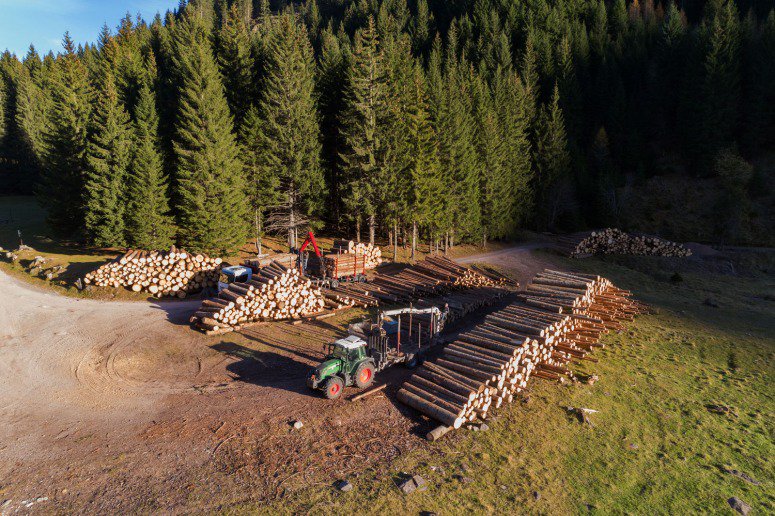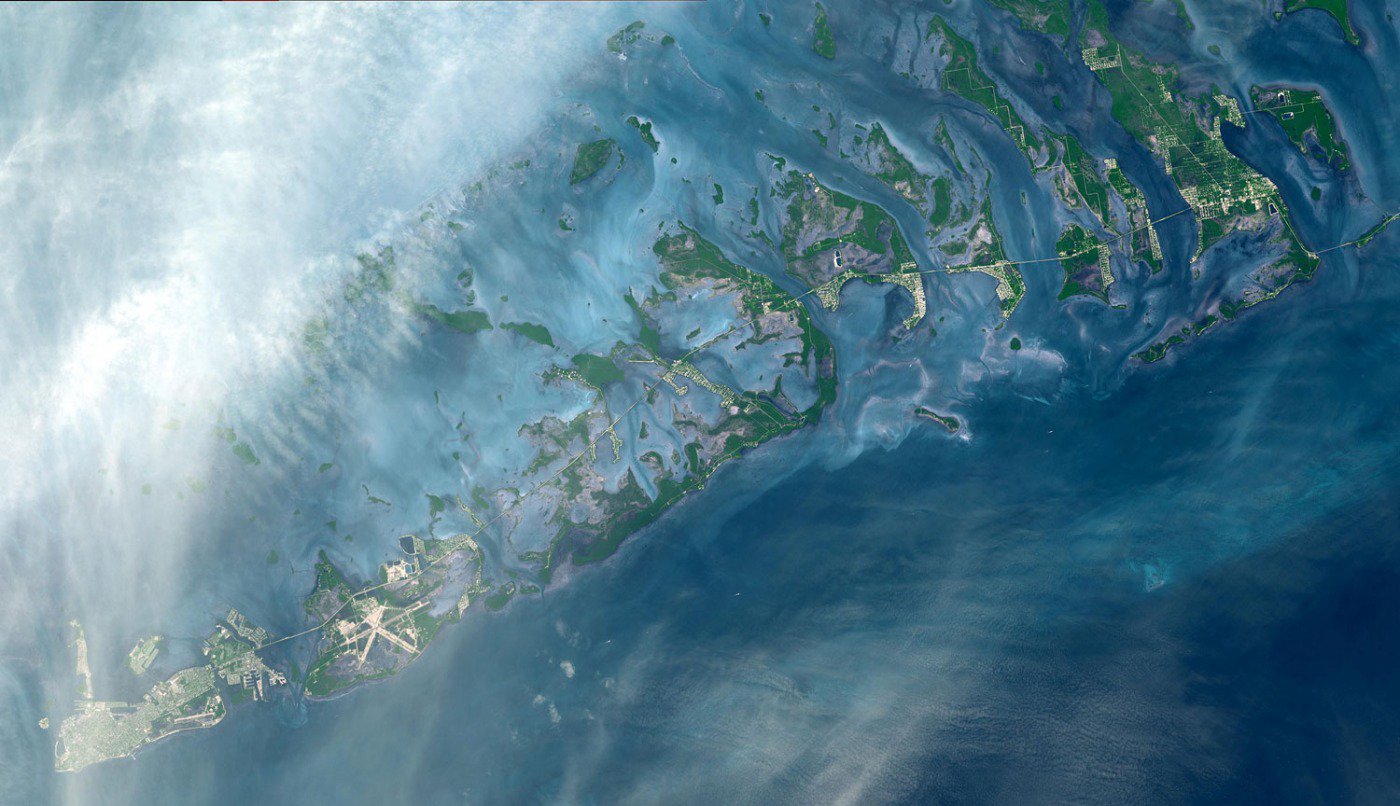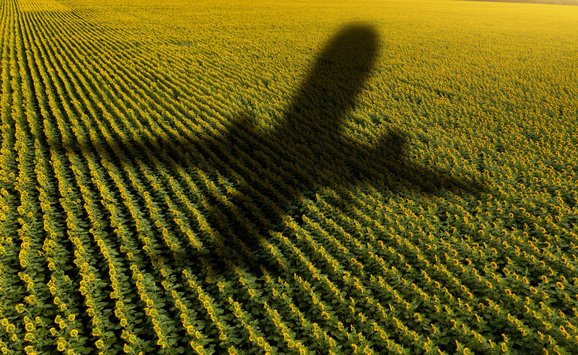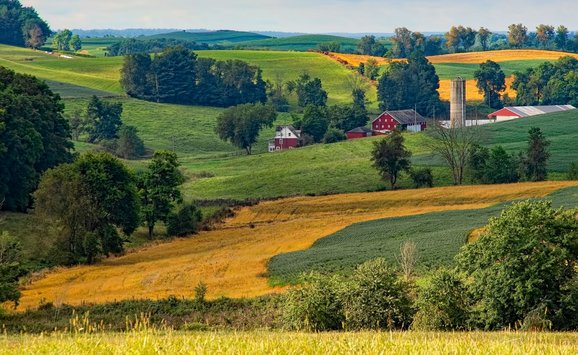Ann M. Bartuska discusses the opportunities she envisions as vice president of RFF’s new Land, Water, and Nature program.

RESOURCES: You recently joined RFF to lead a new program focused on land, water, and nature. As the former Deputy Under Secretary for Research, Education, and Economics, and chief scientist at the US Department of Agriculture, what brought you to RFF?
ANN BARTUSKA: You have to love the title “Land, Water, and Nature.” It creates this mental image of all the wonderful things that could be done at the intersection of water resources, natural landscapes, and the role of people in that landscape. To me, it’s a culmination of a career that’s been very heavily based on research and management. I have the chance to bring those two together in an organization that is known for its research capability and credible analyses.
I think the opportunities in our Land, Water, and Nature program are really unlimited. Our experts have great capabilities in fisheries, water quality and quantity, natural infrastructure, climate change, and ecosystem services. When you put all of those pieces together, you’re in the sweet spot of so many policy decisions that are happening now.
I am excited to look at these complex issues at a landscape scale, to incorporate Earth observations, and “big data.” How are we connecting upland forests with water, with agricultural systems, and the human communities that tie them together? The connection between human action and what happens in the natural landscape continues to be a priority. Helping decisionmakers understand the economics of those connections, and the benefits that they bring, is what RFF does best.

RESOURCES: RFF has a great tradition of research and analysis on the economics of forestry. What opportunities do you see in that area?
BARTUSKA: One of the reasons that I was so interested in RFF as the next step in my career was the history that the organization has had in the analysis and economics of forest resources in the United States, for both private lands and public lands. Those issues continue to be very compelling even though we’ve been managing our forests for a couple hundred years.
The issues are not going away. Active forest management on private lands is still very relevant. But the products coming from those lands are changing. Important questions include: What are the new wood products? Is forest certification supporting sustainable forest practices? What are the new opportunities associated with forest management on private land, and how does the public connect to those lands? There are similar questions around forest management on public lands that include invasive species and wildland fire. And then there is the emergence of soil health as a policy priority.
Again, those are all issues that RFF could be providing expertise on. From my perspective, it’s a world of opportunity. And, frankly, I love trees. I love forestry. I've been a forest ecologist for more years than I want to say, and to be back in that world is very exciting.

RESOURCES: You’ve been at RFF for a few months now. How have you been able to bring your expertise—as a decisionmaker, a public official, and an ecologist—to this community of economists?
BARTUSKA: The great thing about RFF is that while we are nearly 100 percent economists, we are economists that are embedded in practical policy matters around natural resources and the environment. So it’s not a big stretch for me to be able to talk about the drivers of policy change and good policymaking.
I’ve not only found a truly wonderful and very welcoming environment, but also people are really excited about the pressing questions that are being asked today in the public and private sectors. And I’m excited to be here to help them.

The Florida Keys are a chain of islands, islets, and reefs extending from Virginia Key to the Dry Tortugas for about 309 km. The keys are chiefly limestone and coral formations. The larger islands of the group are Key West (with its airport), Key Largo, Sugarloaf Key, and Boca Chica Key. A causeway extends from the mainland to Key West.
RESOURCES: In your previous experiences you’ve also had to work with both economists and natural scientists. How can these two communities work together so that natural sciences can inform economic decisionmaking and economics can inform natural science thinking?
BARTUSKA: The relationship between the biophysical scientists, natural scientists, and economists is an interesting one. We know we need to have conversations about human impacts on natural landscapes, but we don’t know always how best to communicate. Just as at RFF, where economists work with decisionmakers to address natural resource issues, you have to create a common ground. You have to understand the linkages between an action that is being taken around a natural resource and the implications for people, for communities, and for economies. Putting those together has been what RFF has been really good at.







